The Fifteen Best Front-End Frameworks for 2023
Front-end frameworks are instrumental in creating applications with a rich user experience. Front-end developers utilize HTML for basic web layout, CSS for visual formatting, and JavaScript for user interaction, transforming the data into a graphical interface.
Front-end frameworks seamlessly integrate pre-written code and interface blocks to create sustainable UI and web applications. By offering various in-built features and drop-drag elements, front-end technologies help accelerate web development and build attractive websites and applications.
Here is a list of the 15 best front-end frameworks to look out for in 2023 :
-
-
React
Facebook’s React is one of the most popular front-end technologies. React is an open-source JavaScript library that allows developers to easily build UI and UI components.
React operates on a virtual document object model (DOM) and uses a modern view controller architecture that separates data access and presentation layers. And thus, it offers enhanced user experience and strong developer support.
React is ideal for single-page applications as it efficiently manages high traffic, ensures steady code supply, allows quick updates, and has recyclable components. -
Polymer JS
Yet another popular front-end framework is Polymer.js. Polymer.js supports both one-way and two-way data binding, enabling developers to create all-inclusive applications.
Polymer.js library is built on top of web standards API, allowing faster creation of custom elements. Also, it offers polyfills web component specifications to create reusable widgets and elements.
Polymer.js facilitates the development of hybrid mobile applications by using Google material design. And thus, it enables faster mobile application development.
-
Vue.js
Vue.js is one of the best front-end frameworks for real-time updates. The key features of the framework include virtual DOM, two-way binding, component-based architecture, high-performance speed, and data tracking.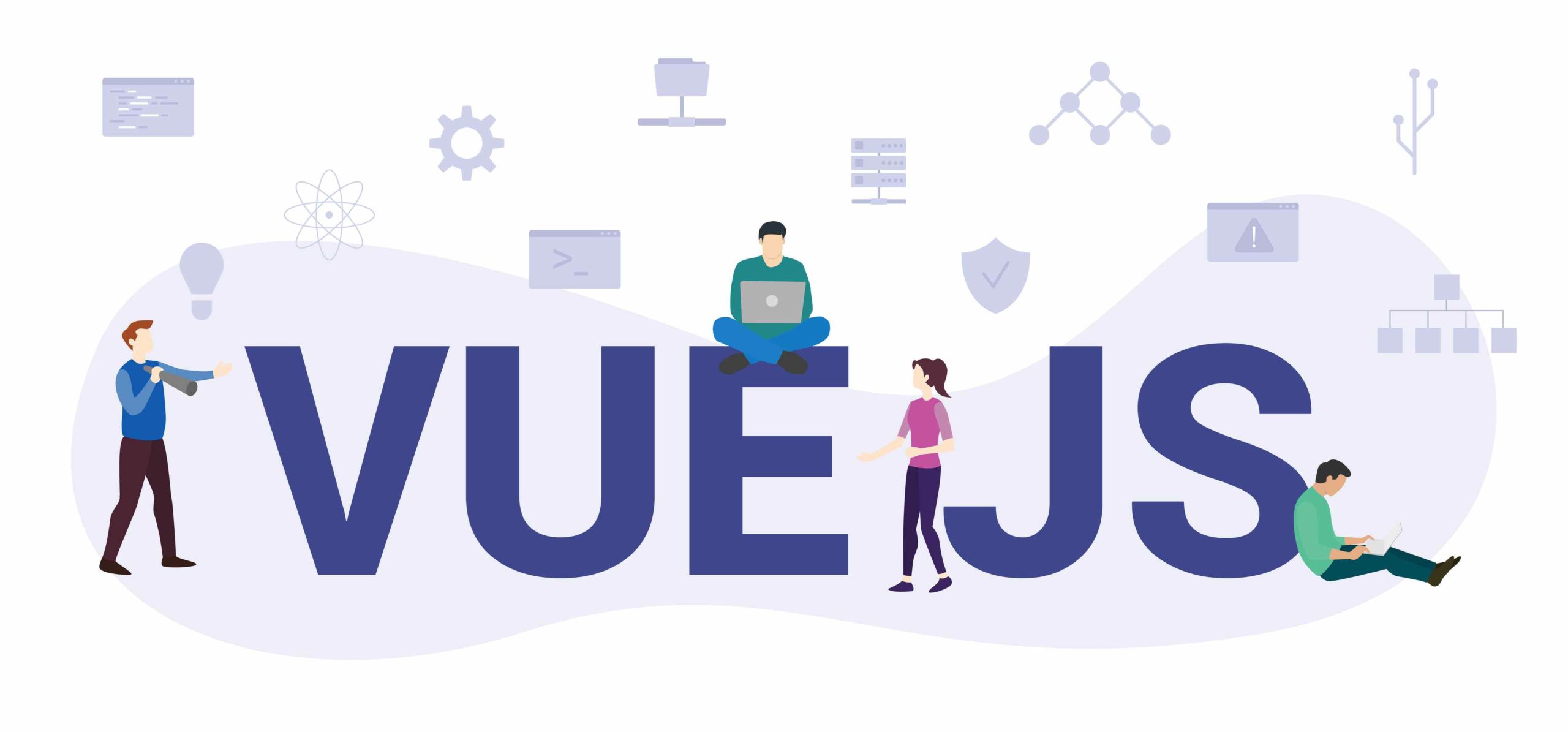
Vuejs front-end frameworks
Vue.js facilitates easy use of tools like end-to-end testing, JavaScript libraries, server render, project scaffolding, instant prototyping, and plugin installations. Also,Vue.js comes with detailed documentation and a supportive community. And thus, developers with knowledge of HTML and JavaScript can easily use Vue.js. -
jQuery
On top of the list of front-end frameworks for companies like Microsoft, Twitter and Uber are jQuery. jQuery is open source, compatible with most web browsers, and offers a flexible DOM model for adding and removing components. And thus, jQuery’s UI is ideal for creating highly interactive web applications.
jQuery, one of the best front-end frameworks for web applications, has a “write less do more approach.” It offers a range of methods in a single line of code which otherwise would require separate coding. The framework simplifies HTML document traversal, AJAX calls, animation, and event handling. -
Ember.js
Ember.js is yet another favorite among developers looking for front-end technologies. Ember.js offers quick server-side rendering, two-way data binding, and native debugging, routing, and testing tools. Also, it supports both JavaScript and TypeScript.
Ember.js is highly scalable and offers a wide range of templates that reduce coding. And thus, it is ideal for client-side and mobile applications. Tinder, Netflix, Playstation Now, and Yahoo! use Ember.js. -
Backbone.js
One unique front-end framework is Backbone.js. This framework operates on the MVC/MVP model, translating DOM manipulation into views and data into models and binding them together via events. Any changes in the model are easy to transfer to views. And thus, it is easier to create, eliminate, validate and save data to the server.
Backbone.js is one of the few front-end technologies that offer better application design with less code. As a result, companies like Tumbler, Reddit, Pinterest, and Trello use Backbone.js. -
Semantic UI
Semantic UI is relatively young compared to the other front-end frameworks on this list. It classifies classes and words as interchangeable concepts facilitating the adoption of languages with organic noun/modifier relationships. And thus, Semantic UI helps developers build projects in a more human manner.
Semantic UI offers CSS, JavaScript, font files, an intuitive inheritance system, and configuring themes to create transferable code. And hence, this code is safe to transfer to other front-end technologies like React, Angular, Meteor, Ember. Companies including Snapchat, Accenture, and Kmong use Semantic UI. -
Svelte
Compared to other front-end frameworks like React and Angular, Svelte is quicker, lightweight, and facilitates easy use of JavaScript libraries. Also, it has no Virtual DOM as it uses component-based architecture with minimum code.
Svelte front-end frameworks
Svelte is highly scalable and offers improved reactivity, boiler-plate-free coding, and SEO optimization. And thus, it is best for small applications and projects. Companies like Razorpay, Rakuten, and GoDaddy use Svelte. -
Foundation
Next on the list of our popular front-end frameworks is Foundation, a tool that helps create stunning websites. Foundation offers a design-it-yourself approach, strong grid system, rapid code development, and various customization options.
Compared to other front-end technologies, Foundation has a small memory footprint and provides an advanced interface. And thus, it is compatible with different browsers and multiple handheld devices. Companies such as Docker, WeWork, and Accenture use Foundation. -
Bootstrap
Former Twitter employees launched Bootstrap to keep all the components of their website together and consistent. Bootstrap offers a wide variety of themes, grid systems, simple form creation, and massive community support. For these reasons, Walmart, NBA, Newsweek, and Vogue prefer Bootstrap over other front-end frameworks. -
Preact
Like other front-end frameworks, Preact is suitable for developing both website and mobile applications. Preact offers a faster Virtual DOM library, quicker code execution, and maximum performance. And thus, it is lighter than front-end technologies like React and Angular. -
Meteor
Meteor is one of the few front-end frameworks that offers everything developers need to create sound applications. Everything in meteor, be it on the client or server-side, is written in JavaScript. And thus, the framework simplifies development for both front-end and back-end.
Meteor provides ready-made smart packages, real-time web development, same APIs across client and server, and latency handling. And hence, it is suited for cross-platform coding for iOS, Android, and the web. -
Mithril JS
Mithril is lite and has no dependencies on other libraries. Mithril offers exceptional XHR and routing utilities, virtual DOM, and high-level modeling via functional composition. And thus, it is effective in generating forms and service requests without making huge internet downloads. -
Alpine.js
Next on the list of front-end frameworks is Alpine.js, which is small and lightweight. Alpine is a collection of six properties, two methods, and fifteen attributes. And thus, it helps developers focus solely on development without worrying about configuration.
Also, Alpine.js allows developers to write JavaScript inline in their HTML that becomes declarative code in opposition to more common procedural code. And hence, it helps harness other front-end technologies like Vue, React, and Angular at less cost. -
Ruby on Rails
Ruby on rails offers model-view-controller architecture, providing a default structure for web pages, databases, and services. However, with Ruby, developers have to follow conventional programming rules and standardized file storage compared to other front-end frameworks.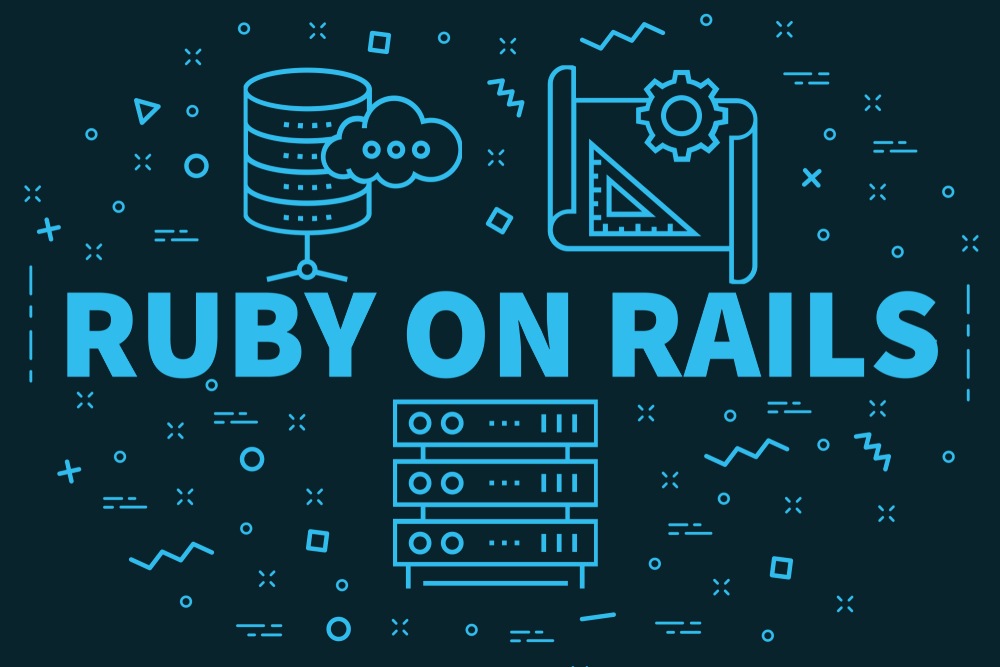
Ruby on Rails front-end technologies
Additionally, the framework offers built-in testing, easy to structure code, stuff migration, and metaprogramming. And thus, it is faster and safer than other front-end technologies.
-
Special mention: Angular
Yet another popular framework on this list is Angular.
Angular simplifies front-end development by helping developers create an easy-to-access, expressive, and readable environment. And thus, it is ideal for building large-scale, enterprise-level applications.
Angular offers two-way data binding that ensures immediate synchronization between the view and the model. And thus, any change in the view is reflected in the model, and any change in the model is reflected in the view.
Angular uses a higher dependency injection function which helps define code dependencies as external elements making them easy to test, reuse and control. As a result, companies like Forbes, LEGO, BMW use Angular over other front-end frameworks in their projects.
So, which of the above front-end frameworks should you choose?
Front-end frameworks are integral to the development of both websites and mobile applications. Every end product reflects the front-end framework used for its development. Therefore, it’s crucial software developers consider all these factors along with the timeframe and resources at their disposal while picking a framework for their project.
Despite the raging popularity of front-end frameworks, many front-end developers find it hard to get the desired job role due to strong competition.
Turing offers software developers long-term, remote jobs in top US companies with unmatched compensation and incomparable career growth. With Turing, you can build your dream engineering career. Visit our Jobs page to know more!
Join a network of the world's best developers and get long-term remote software jobs with better compensation and career growth.
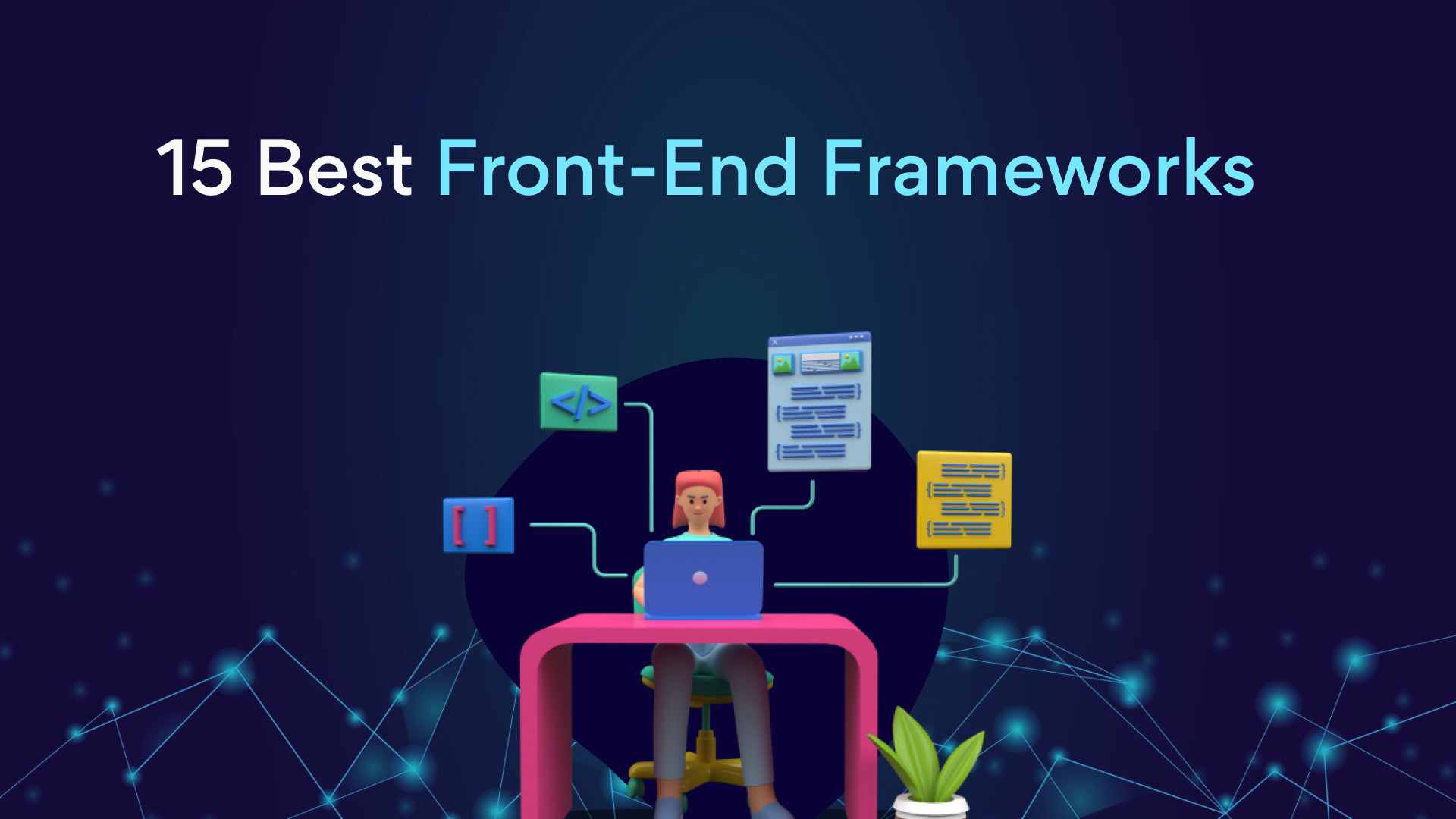


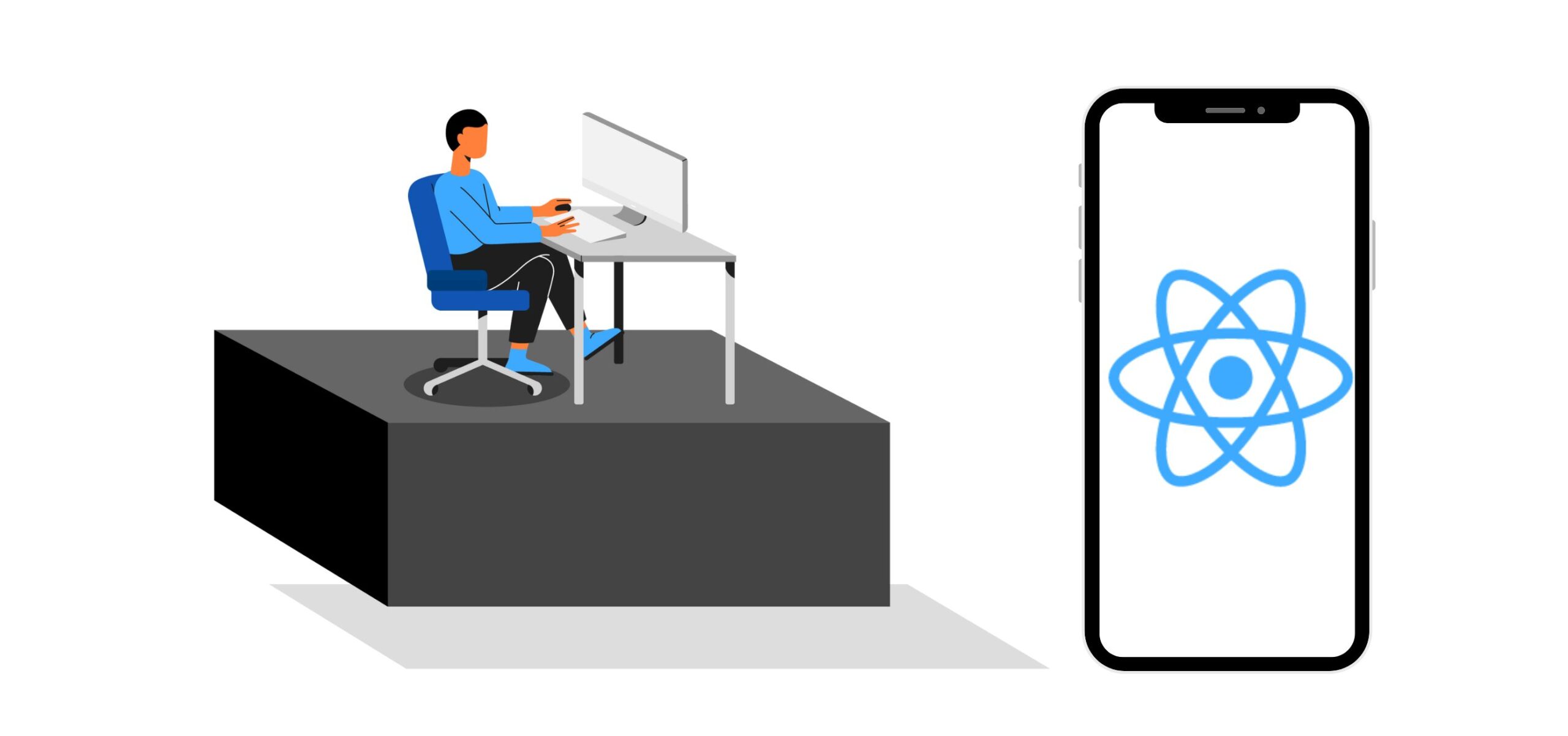
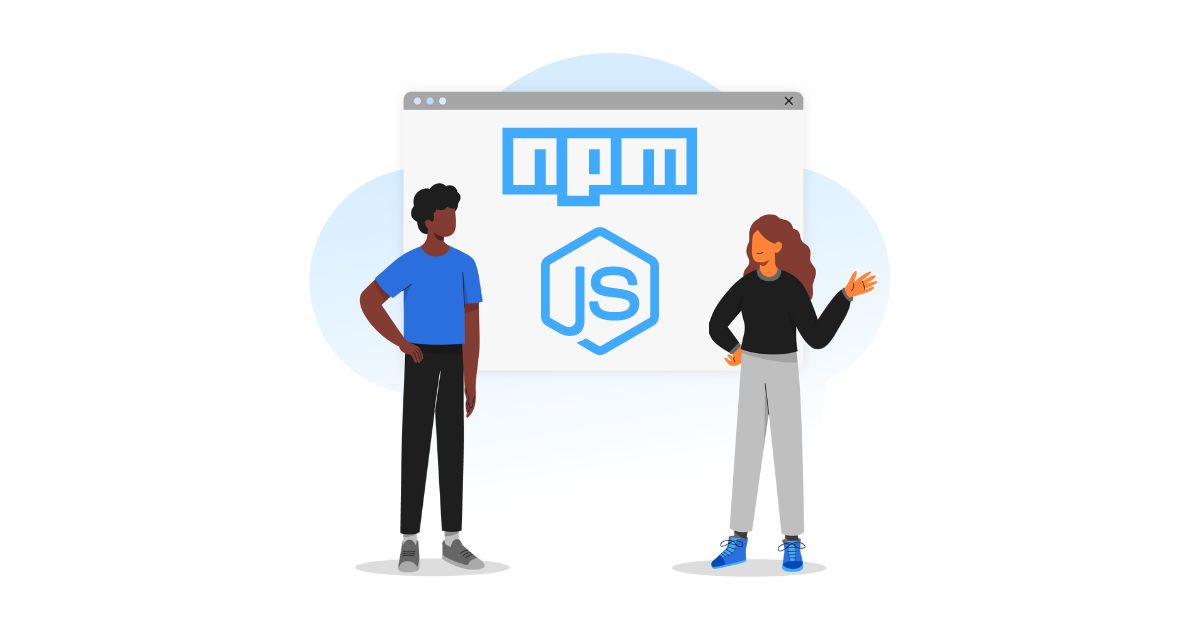

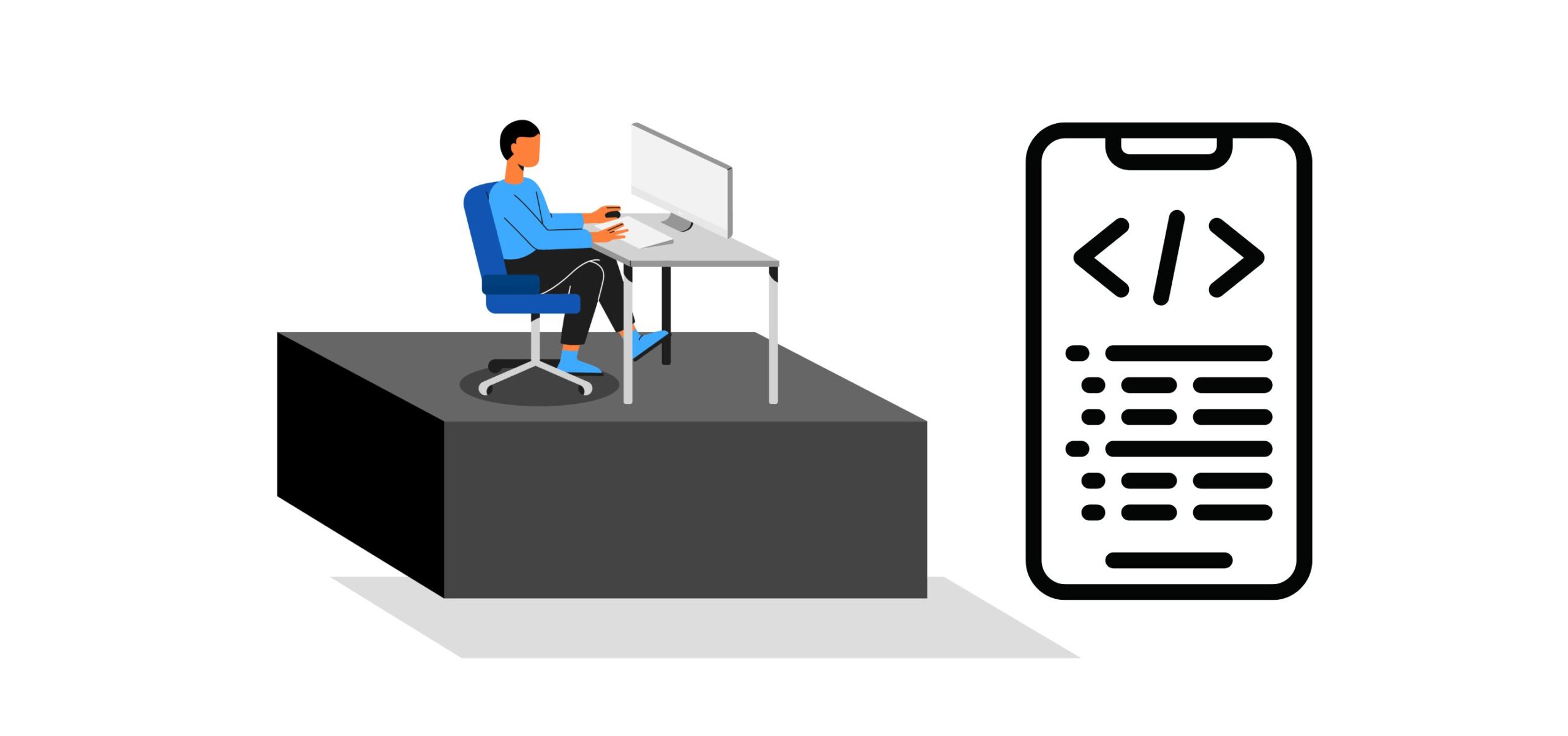
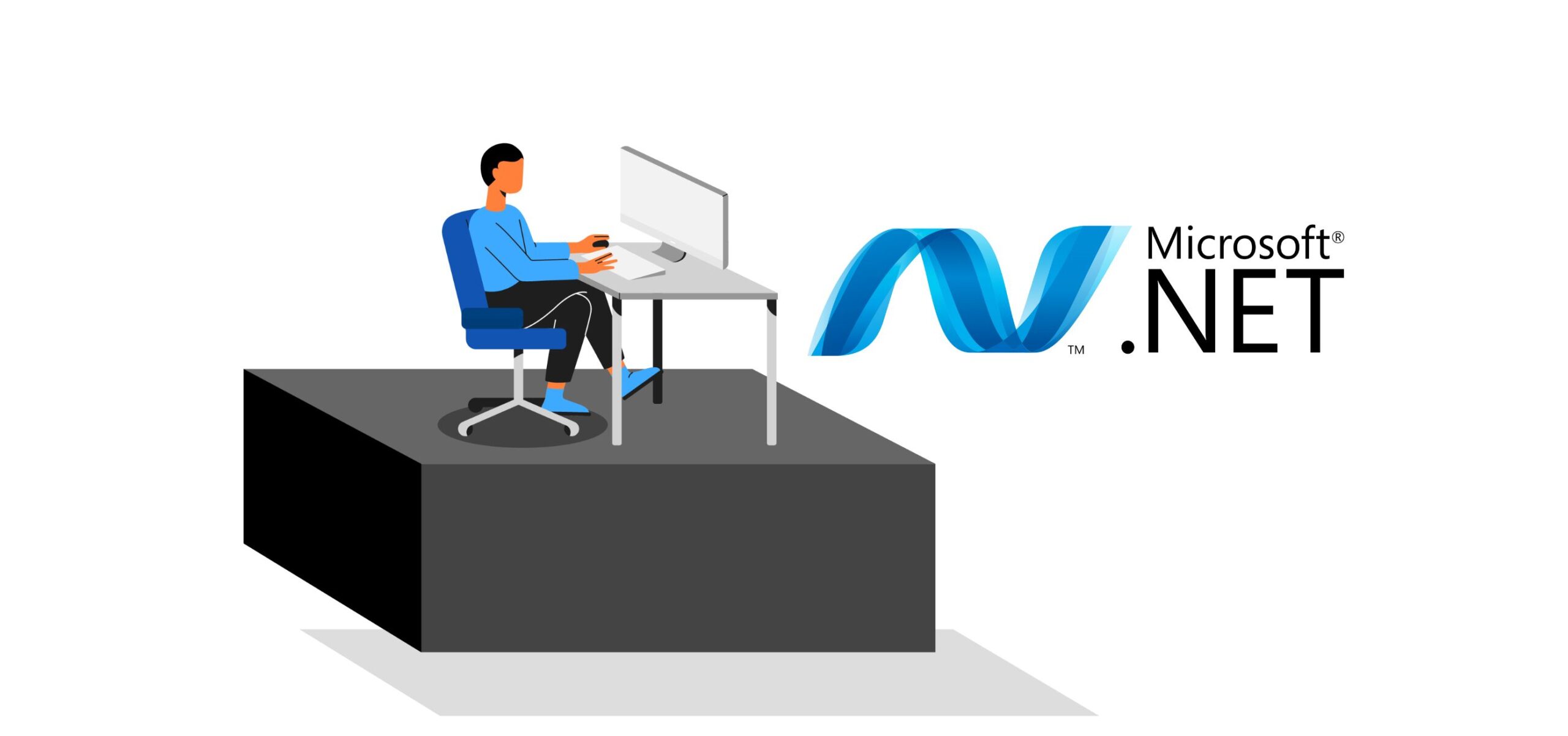


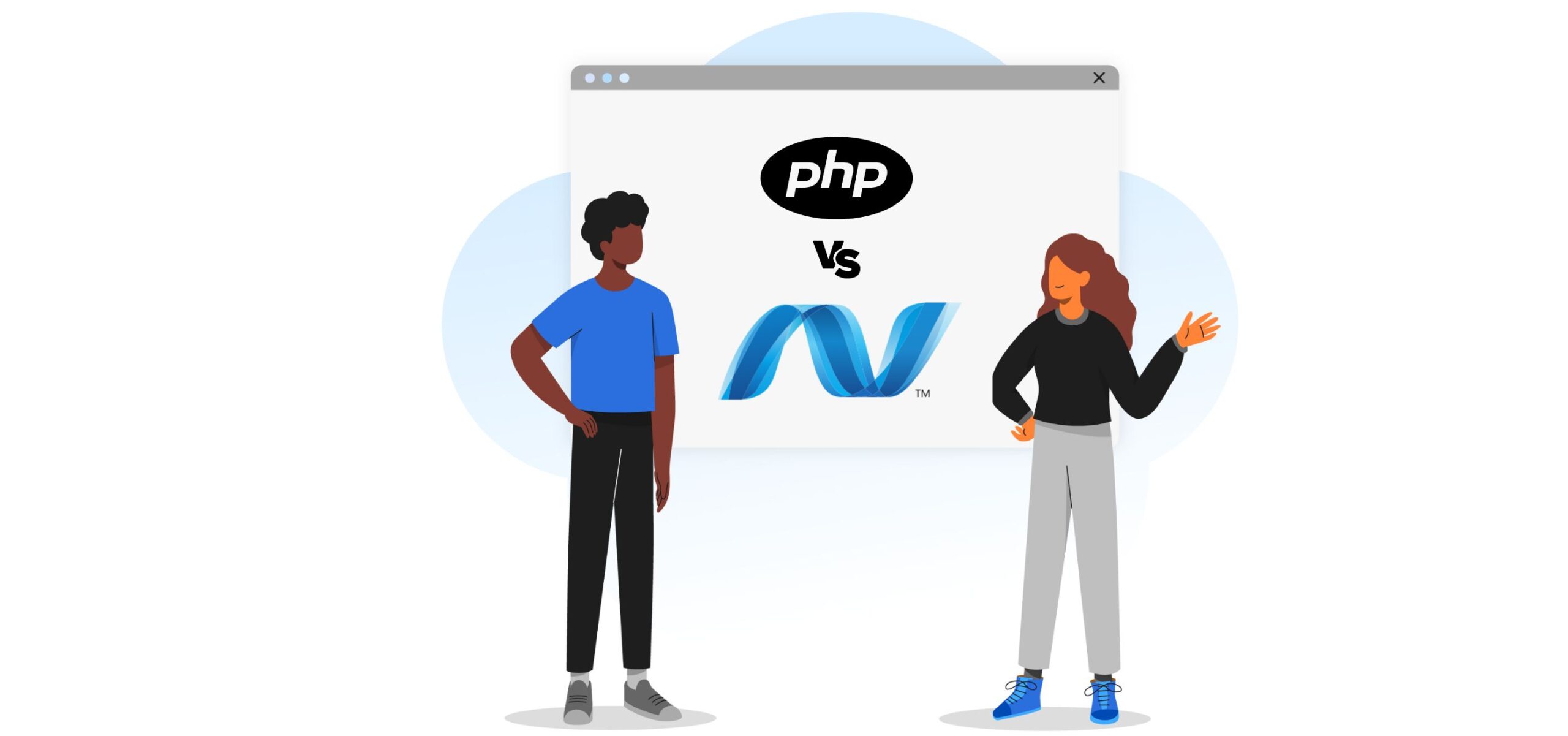


Indeed a very useful article, I have been working as a front-end developer and this article helped me update my knowledge and get to know the recent technologies used in the present market.
Thanks for sharing!